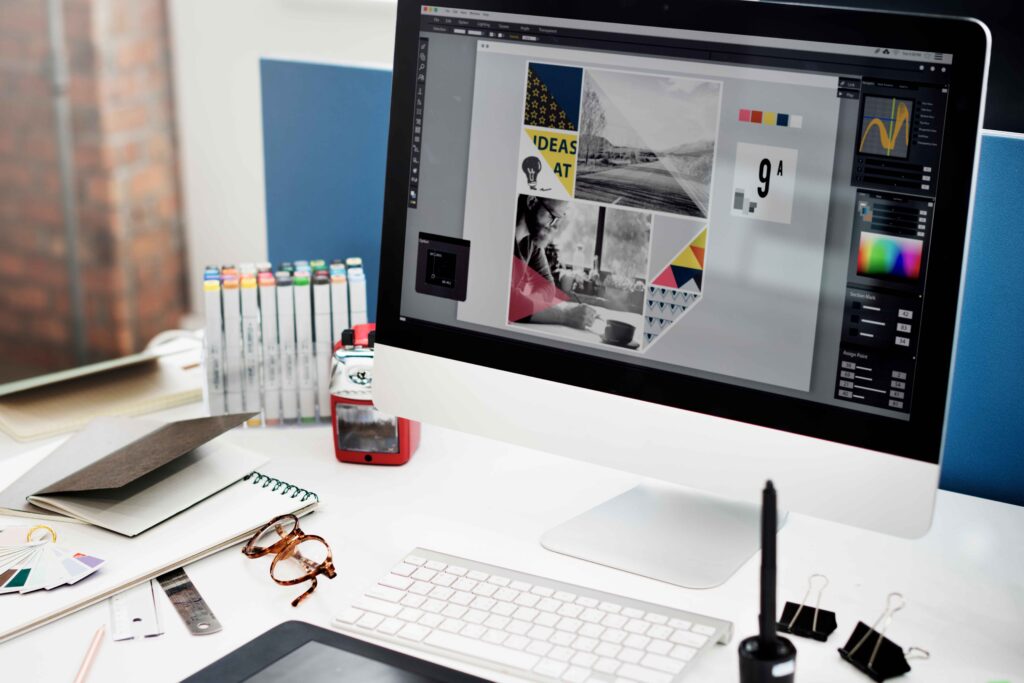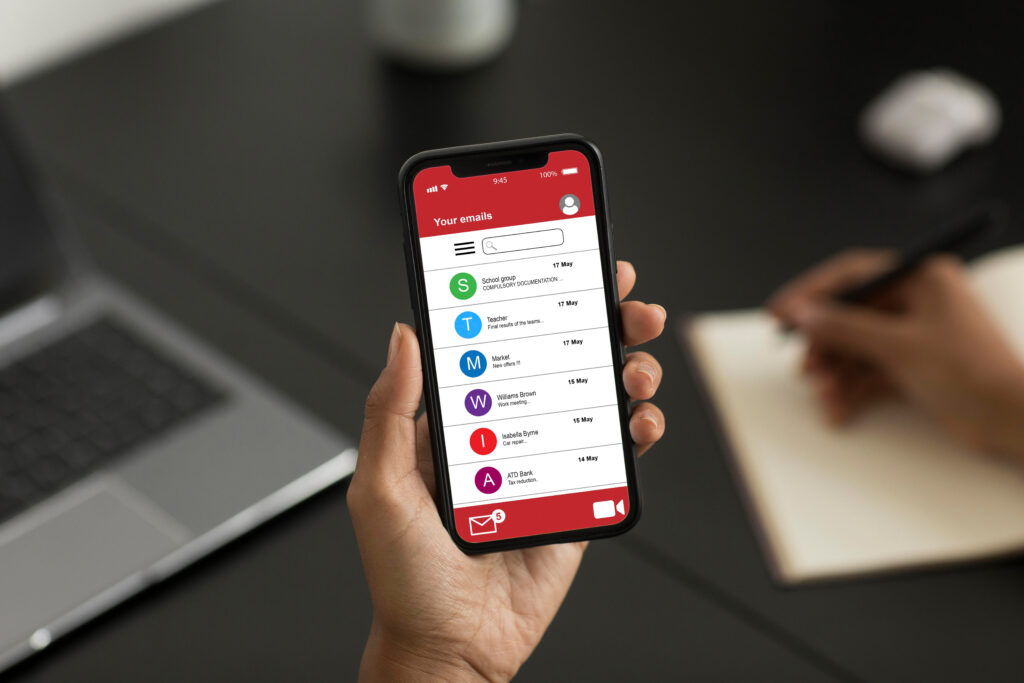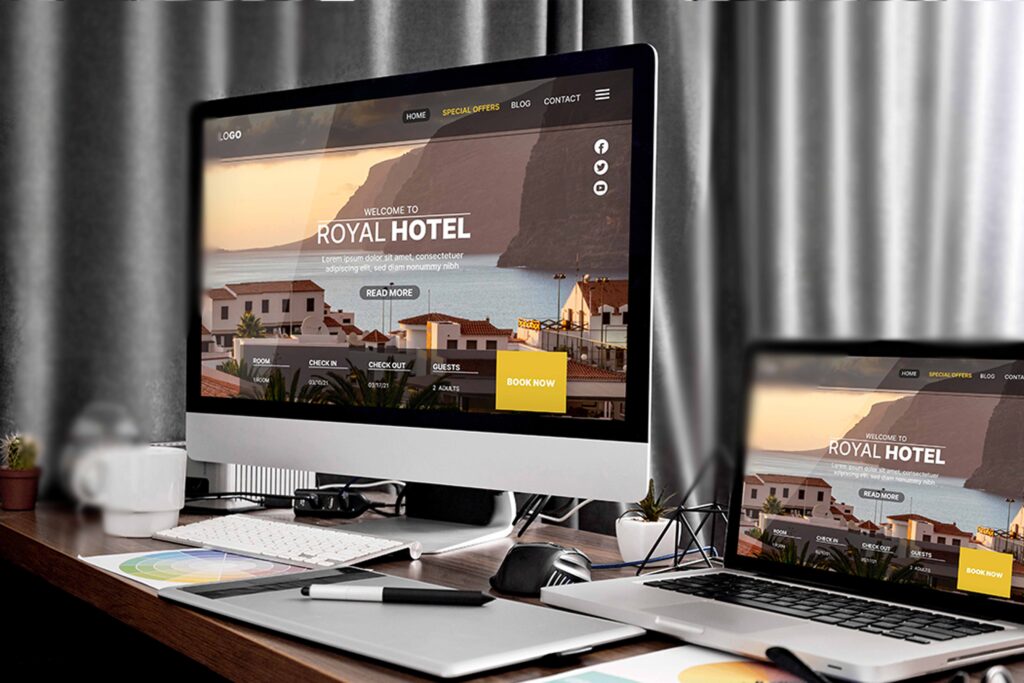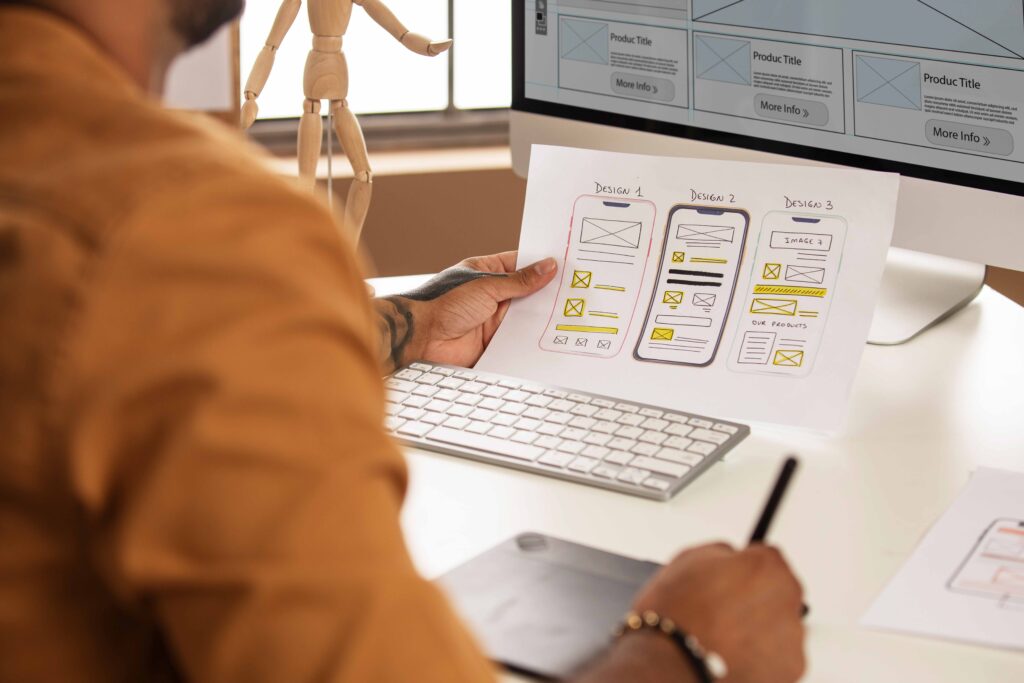Diploma in Graphics Design

Course Overview
The Graphics Design Diploma Program is an immersive 4-month course designed to equip learners with creative and technical skills to produce visually compelling designs for both print and digital platforms. The program combines design theory, hands-on practice, and portfolio-building, preparing students for a successful career in the dynamic field of graphic design.
Learning Objectives
- Understand the Principles of Graphic Design
- Use Industry-Standard Tools
- Develop Branding and Identity Designs
- Produce Print and Digital Media
- Learn Visual Storytelling Techniques
- Enhance Digital Design Skills
- Build a Professional Portfolio
- Program Duration: 4 Months
- Teaching Mode: Physical
- Fee: NGN 120,000
- Schedule: Full-time (Weekdays) / Part-time (Weekends)
- Tools & Frameworks: Photoshop, CorelDraw, Illustrator, Canva
Career Opportunities
Graduates of this program can pursue roles such as:
- Graphic Designer
- Branding Specialist
- Digital Content Creator
- UI Designer
- Art Director
This course provides learners with the technical expertise and creative confidence to succeed in the competitive field of graphic design.
Course Content
Introduction to Graphic Design and Multimedia
- What is graphic design? Introduction to visual communication and media.
- Overview of multimedia: Combining text, images, video, and sound.
- Design principles: Balance, contrast, hierarchy, alignment, and repetition.
- Introduction to design software (Adobe Photoshop, Illustrator).
- Hands-on Activity: Explore the interface of Photoshop and Illustrator, experimenting with basic tools.
- Assessment: Short quiz on design principles and software basics.
Understanding Design Elements
- Color theory: Understanding the color wheel, RGB vs. CMYK, and color harmony.
- Typography: Font types, sizes, and how to effectively use text in design.
- Understanding shapes, lines, and their role in composition.
- Hands-on Activity: Creating a simple poster design using color schemes and typography in Photoshop.
- Assessment: Practical design assignment on color theory and typography.
Introduction to Digital Imaging and Editing
- Raster graphics: Pixel-based images (Photoshop).
- Vector graphics: Scalable images without loss of quality (Illustrator).
- Pros and cons of each format and when to use them.
- Hands-on Activity: Creating and editing raster images in Photoshop and vector graphics in Illustrator.
- Assessment: Quiz on raster and vector image differences and a hands-on task creating vector logos.
Image Editing and Retouching
- Image manipulation, cropping, and resizing.
- Adjusting colors, contrast, and brightness.
- Retouching photos: Removing blemishes, adjusting skin tones, and sharpening images.
- Hands-on Activity: Retouching a portrait photo and adjusting image properties using Photoshop.
- Assessment: Submit an edited image demonstrating retouching and color correction skills.
Logo Design and Branding
- What makes an effective logo? Simplicity, scalability, relevance.
- The role of logos in brand identity.
- Sketching logo ideas and refining them digitally.
- Hands-on Activity: Create multiple logo concepts for a fictional brand using Illustrator.
- Assessment: Submit three different logo concepts for evaluation.
Brand Identity and Application
- Developing a brand style guide: Colors, typography, and logo usage.
- Applying logos and branding to various mediums (business cards, letterheads, etc.).
- Hands-on Activity: Design a complete brand package (logo, business card, letterhead).
Multimedia and Interactive Design
- Introduction to multimedia elements: Images, video, audio, and animations.
- Understanding multimedia formats and file types (JPEG, PNG, MP4, MP3).
- Integrating multimedia into design projects.
- Hands-on Activity: Incorporating multimedia elements into a webpage design.
Web and Interactive Design
- Overview of web design principles: Layout, user experience (UX), and responsiveness.
- Designing wireframes and mockups for websites using Adobe XD or Figma.
- Understanding web typography, image optimization, and file formats for the web.
- Hands-on Activity: Design a simple homepage layout with a navigation bar and content section.
- Assessment: Submit a website mockup, demonstrating layout and design principles.
Final Capstone Project
- Developing a project from concept to completion, combining graphic design and multimedia elements.
- Preparing designs for client presentation (mockups, final assets).
- Hands-on Activity: Design a comprehensive branding package that includes a logo, business card, website mockup, and a promotional video.
- Assessment: Submit the final capstone project, demonstrating a range of design and multimedia skills.
Graphics Design Career Facts
20
M
Job Openings Globally
$ 3
B+
Revenue Yearly
$ 56
K
Yearly Salary
TOP 10
Recommended Skill for 2025







